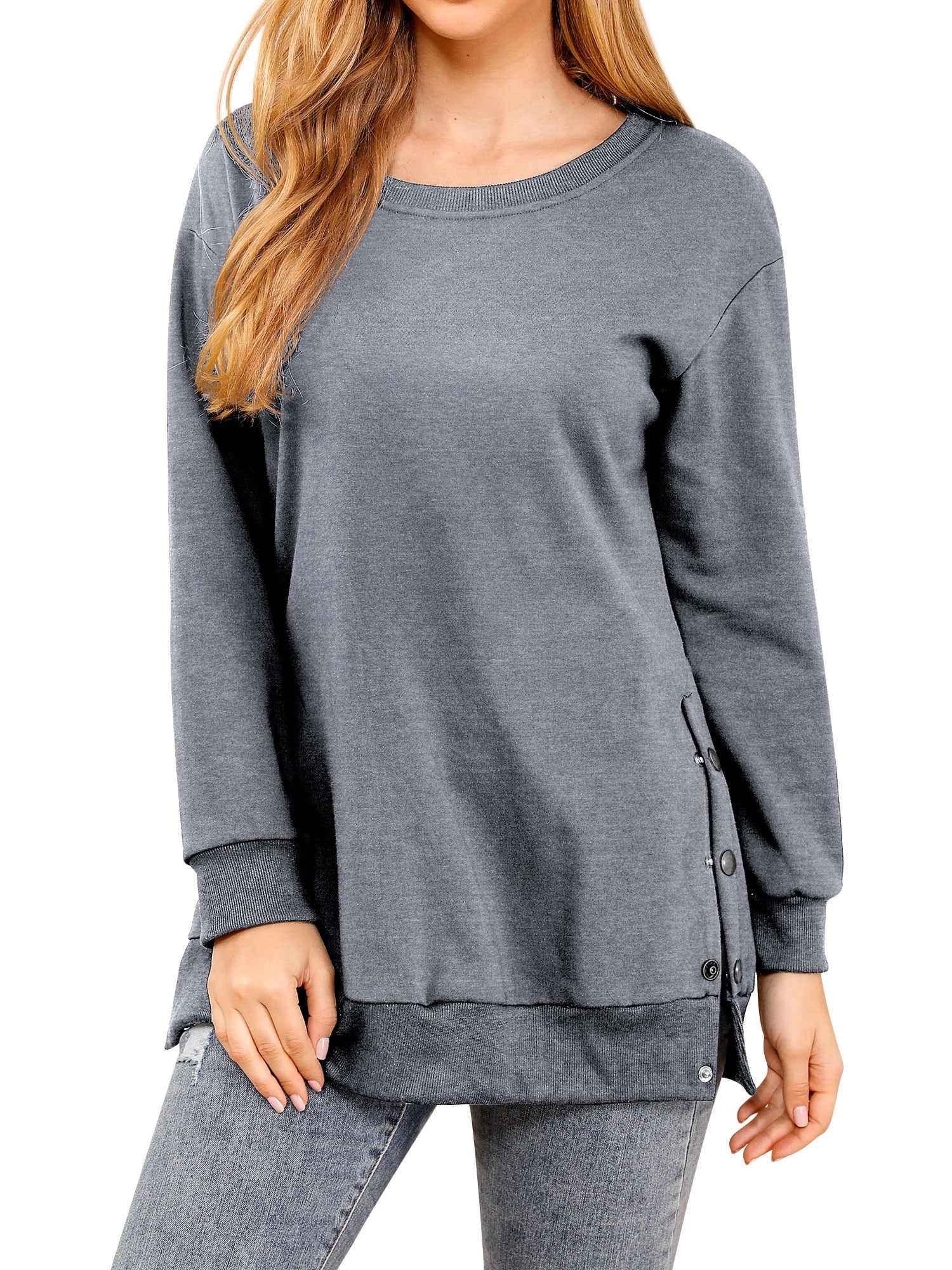Sweatshirts are long-sleeved pullover tops that are constructed from thick cotton fabric. They are generally worn as casual clothing, and are not as formal as sweaters or cardigans. They might not come with an or hood. If you are interested in buying a sweatshirt, here are a few tips:
The appeal of Norma Kamali was spread by the use of sweatshirts
Since the late '70s, Norma Kamali has transformed the basic sweatshirt into an art. Her designs have become a staple in almost every woman's wardrobe. Her distinctive styles range from a tummy-tucking crew neck , to leather paneled sweatshirts. Her clothing is also designed with unique designs, like a tank top with an extended trumpet skirt.
The collaboration of the designers and the sweatshirt maker Everlast led to her Timeless line, which was an instant hit when it appeared in Spiegel's spring 2006 catalog. The collection featured interchangeable and convertible knits in classic shapes and a lot of items were priced below $20. Even if Helpful resources wasn't available in stores, customers could still find these pieces through eBay or Poshmark.
sweat shirts tend to be more comfortable than soft sweatshirts
Merino wool is known for its moisture-wicking properties, which helps to keep you comfortable and dry. This is a naturally-occurring fibre that has a softer feel. The fabric also dries quickly in comparison to other natural substances. In addition, it is a renewable resource. The merino sheep shed their coats every year and regrow new coats.
Merino's weight-to-heat ratio is high, and the warmth of wool makes it an ideal material for sweatshirts. It assists in regulating the body's temperature because of its natural loft, which traps heat between the fibers. This is why Merino wool sweaters are great for outdoor and summer activities such as mountain biking and running. The warmth they provide ensures that the wearer stays comfortable and dry. This is essential when working out.
Zip-front hoodies come with kangaroo pockets.
Kangaroo pocket Hoodies are a very popular type of hoodies. These hoodies feature a huge pocket at the front that keeps your hands warm on cold days. sweat shirts are much more practical than traditional pockets, since they allow your hands to slide in and out effortlessly.
Kangaroo pockets are usually large enough to fit a wallet or some other smaller personal items. They're usually long enough to fit the palm of a hand that is small or even wide enough to fit two hands. They feature wide openings on both sides and make them ideal for carrying small objects.
French terry fabric is a very popular material for sweatshirts.
The French terry fabric is made of soft yarns knit into loops and are usually midweight. It is also renowned because of its capacity to absorb away moisture and is already pre-shrunk. French terry is a great option for sweatshirts as it is warm when you need it and helps keep your cool when you want to cool down.
French Terry is also popular for casual wear, as it has enough stretch and flexibility to feel comfortable against your skin. It also allows air to circulate through the fabric, which makes it perfect for layering under other clothing. Additionally, since it's lighter than other sweatshirts that you can wear throughout the year without feeling too warm or cold.
Hoodies have classist connotations
Although it could appear that hoodies are simply appropriate clothes for those who are working class but the truth is that they are a symbol of class. Hoodies were first popularized in the early 1970s , in New York, where graffiti artists would wear them to conceal their identities. In 1976 the hoodies made their big debut in the film "Rocky," when the working-class title character wore grey sweats with hoods during his memorable climb up the Philadelphia Museum of Art.
Hoodies are frequently associated with death, destruction and other unpleasant things, and yet they also serve practical purposes. For example, monks and priests might wear hoods in order to display respect and a sense of self-control.

